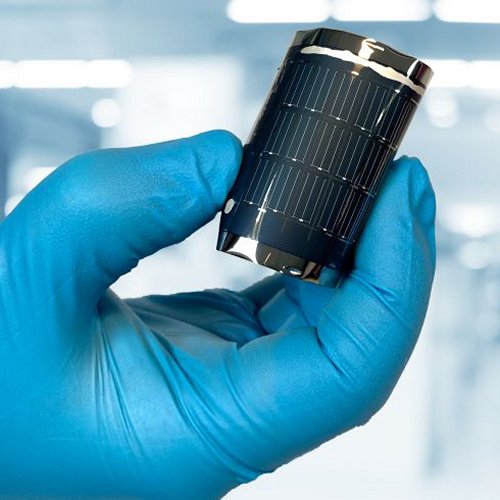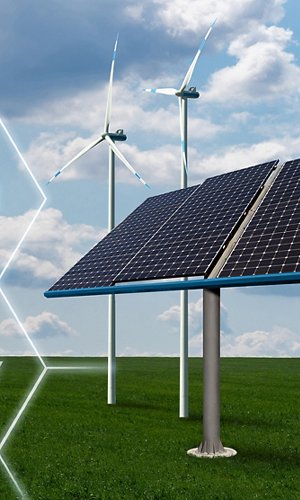A new success has been achieved in the field of flexible solar cells: a team of Swiss scientists has produced solar cells that have a record efficiency of 21.4%. The research was conducted at the Swiss Federal Laboratories for Materials Science and Technology (Empa), where scientists over the years have developed flexible solar cells known as CIGS, a technology based on copper indium gallium diselenide (Cu(In,Ga)Se2), a composite semiconductor material that allows the production of flexible and lightweight solar cells on polymer film. To make these new cells, scientists used a technique called low-temperature co-evaporation, which deposits a very thin layer of semiconductor materials on a thin polymer film. By modifying the composition of the film and the alkaline dopants used to endow it with electrical properties, the team was able to increase its photovoltaic performance.




